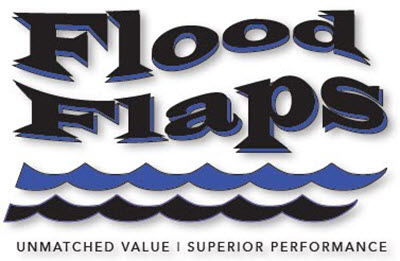Coastal Areas Face Combined Flood Risk from Rain and Surge
Article from JLC Online Coastal Contractor, August 25, 2015
There’s the risk of hurricane storm surge, and there’s the risk of flooding from heavy rain. But what if they both happen at once?
By Ted Cushman
The study itself, published in Nature Climate Science, is behind a four-dollar paywall (see: “Increasing risk of compound flooding from storm surge and rainfall for major US cities“). But Climate Central has a report here (see: “Rain, Storm Surge Combine to Put U.S. Coasts at Risk,” by Andrea Thompson). “Thomas Wahl, a postdoctoral researcher at the University of South Florida, noticed that no one had really looked at how often compound flooding events happen along the U.S. coast, where more than half of the country’s population lives in densely populated areas and where development has been steadily rising in recent decades,” Climate Central explains. “He and his colleagues combed through historical data to see if there was a relationship between heavy precipitation events (rain) and storm surge for locations all along the coasts. They found substantial portions of the Gulf and Atlantic coasts where the two factors were linked, and also found that compound flooding events were happening more often now than in the past at many locations.”

An example? The flooding of Hurricane Isaac, which struck New Orleans in 2012. Isaac was no Katrina — and that fooled more than a few locals. “Isaac turned out to be the perfect storm for that area,” Climate Central recounts. “The surge that Isaac pushed ahead of it raised lake levels by 6 to 9 feet, and they stayed elevated for an unusually long time. At the same time, the area around the lake saw 11 or more inches of rain from the storm. Because the lake levels were so high, there was nowhere for the rainwater to drain, and so water flooded the streets and houses to the west of the lake. ‘Many people were caught off guard,’ Hal Needham, a storm surge scientist at Louisiana State University said, and thousands had to be rescued from the rising waters.”


